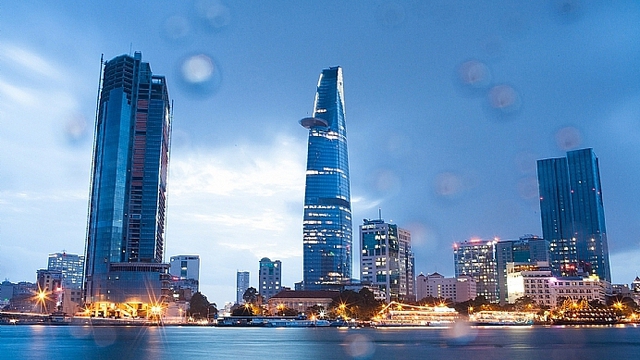Viet Nam remains important investment destination in medium, long terms
VGP - Viet Nam remains an important investment destination in the medium and long terms amid the ongoing global supply chain restructuring, according to the Ministry of Planning and Investment (MPI).

Illustration photo
Since the beginning of this year, Viet Nam attracted nearly US$15.2 billion in foreign direct investment (FDI), representing a year-on-year increase of 13.1 percent.
Both new investments and capital investment adjustment saw a year-on-year increase of 46.9 percent and 35 percent, respectively.
Meanwhile, the amount of FDI disbursement hit US$10.84 billion, representing a year-on-year increase of 8.2 percent.
The quality of investment projects has improved considerably as seen in the new investments in and expansion of large-scale projects in the fields of semiconductor, energy, electronics, and products with high added value.
Investment capital was mostly channeled into the localities with such advantages as good infrastructure, stable human resources, improvements in administrative reforms, and dynamic investment promotion.
These localities include Bac Ninh, Ba Ria - Vung Tau, Quang Ninh, Ha Noi, Hai Phong, Ho Chi Minh City, and Dong Nai.
The majority of investment came from traditional Asian partners like Singapore, Japan, Hong Kong, South Korea, and China.
The ministry pointed out three factors for Viet Nam to sustain a positive pace of FDI attraction namely:
Firstly, Viet Nam is playing an important and increasingly reinforced role in the supply chain diversification strategy of multinational companies.
Secondly, the economy recovered more positively this year as evidenced by quarterly GDP growth rates.
Thirdly, domestic and foreign financial institutions affirmed that Viet Nam has advantages in keeping steady macroeconomic growth.
Besides, Viet Nam also holds potential for investing in many pioneering industries.
The renewable energy sector is grabbing investors' interest, with a focus on clean energy sources such as solar and wind power to enhance the electricity supply sustainability, according to the MPI.
The ministry added that Viet Nam must overcome some bottlenecks such as quickly preparing skilled human resources, especially for the semiconductor industry./.
